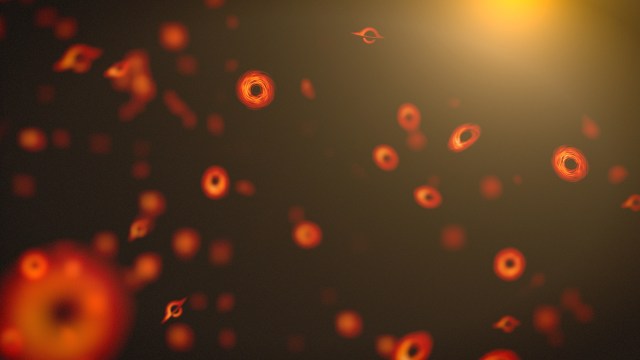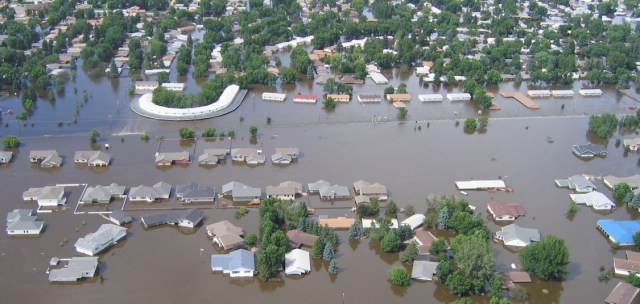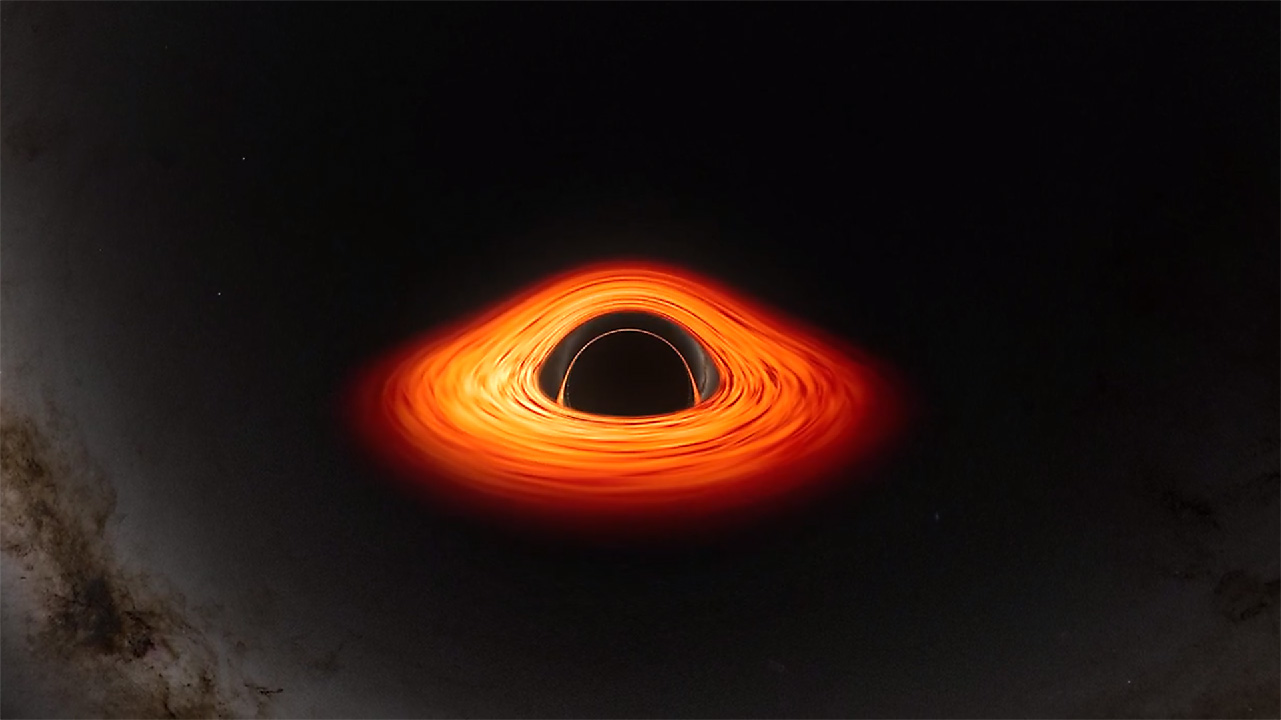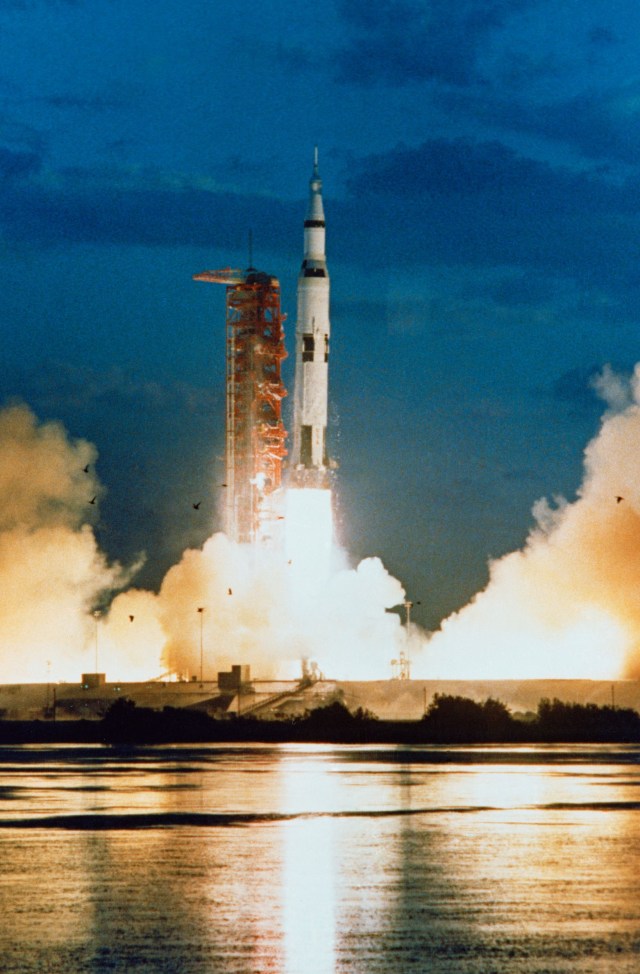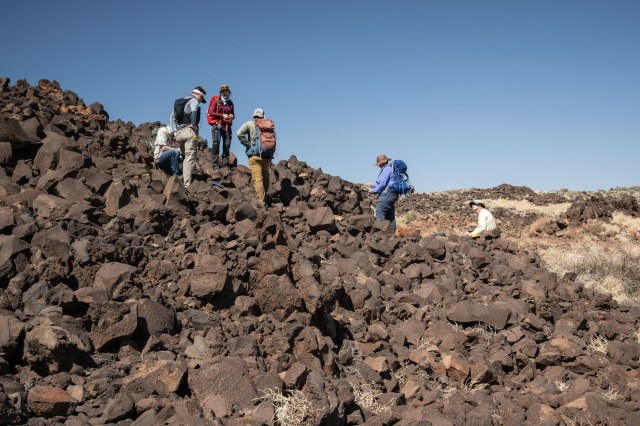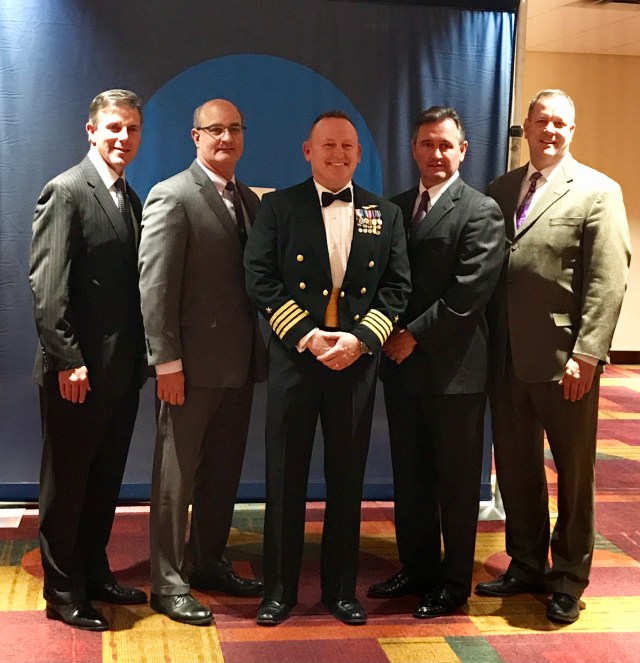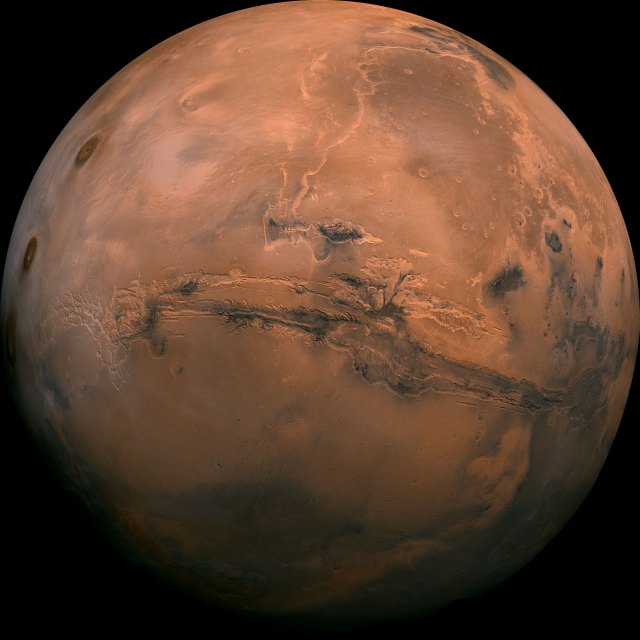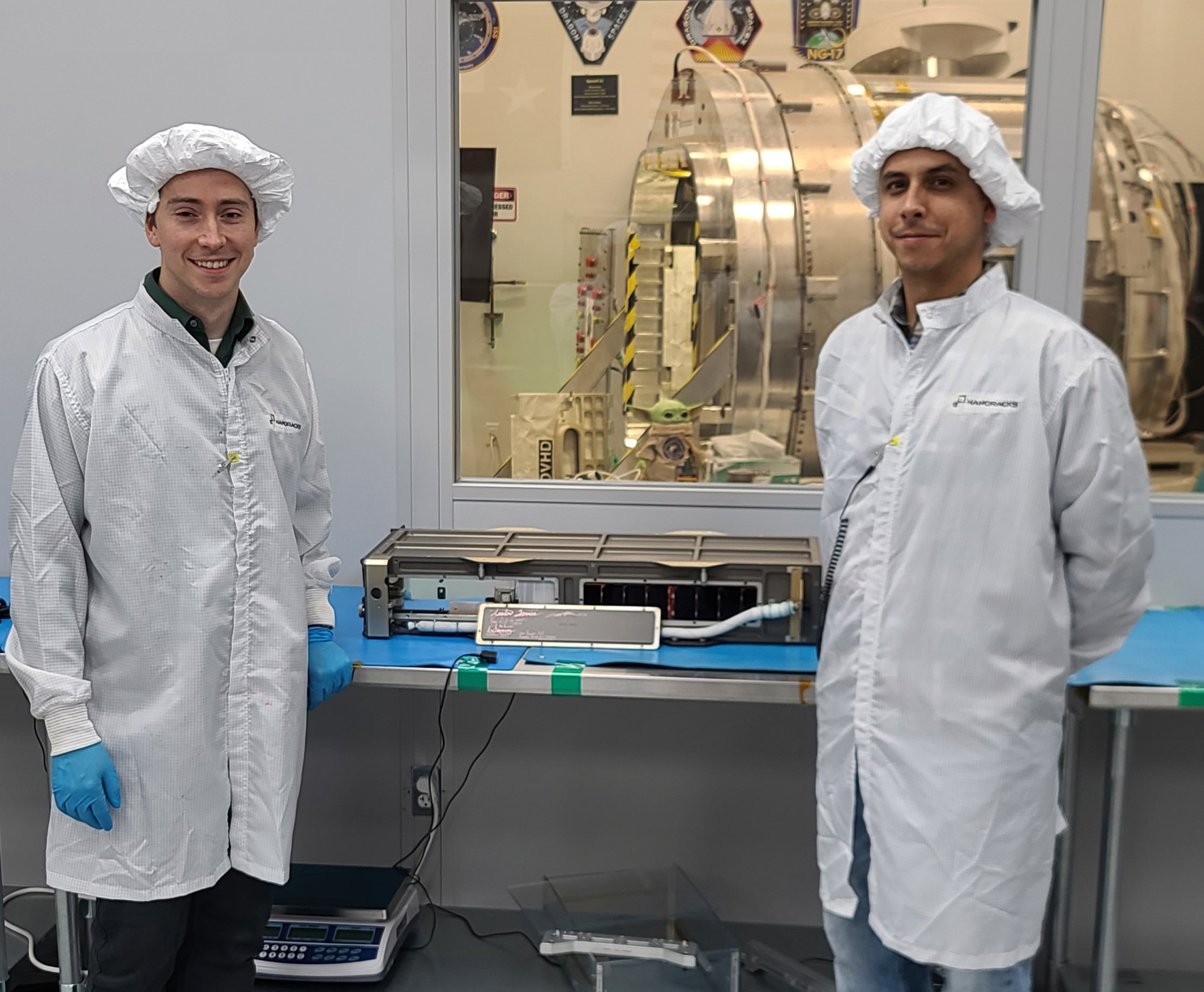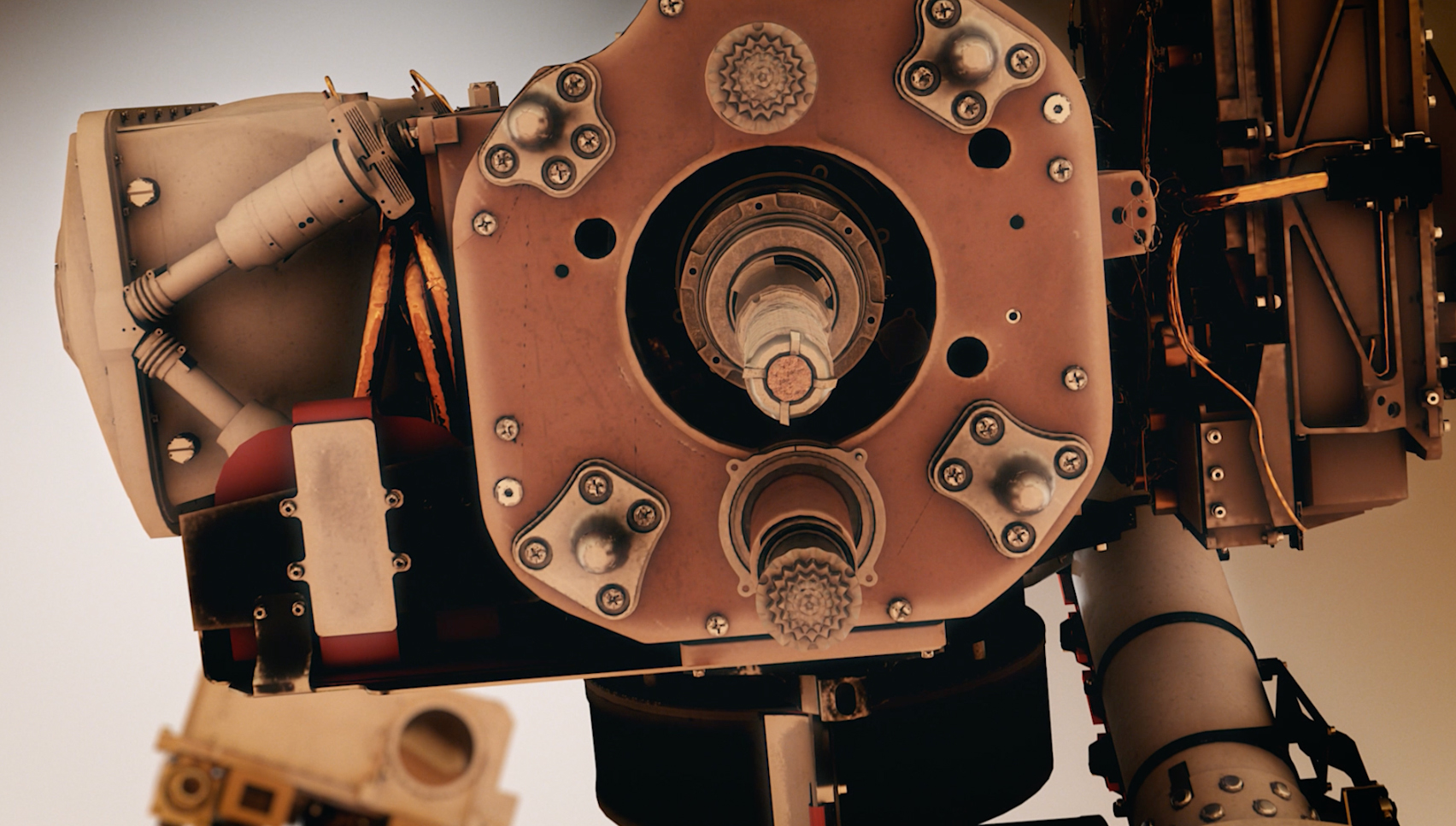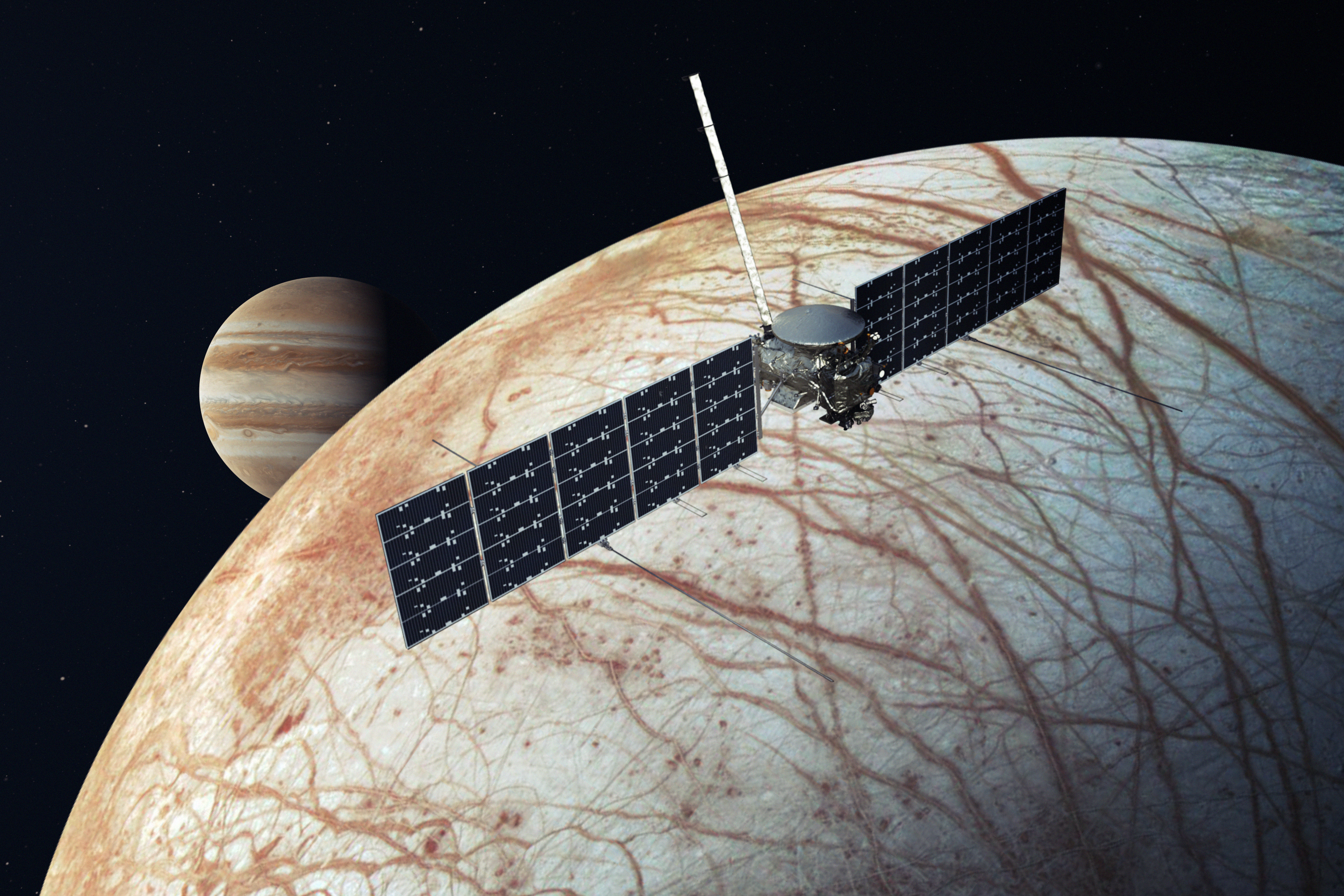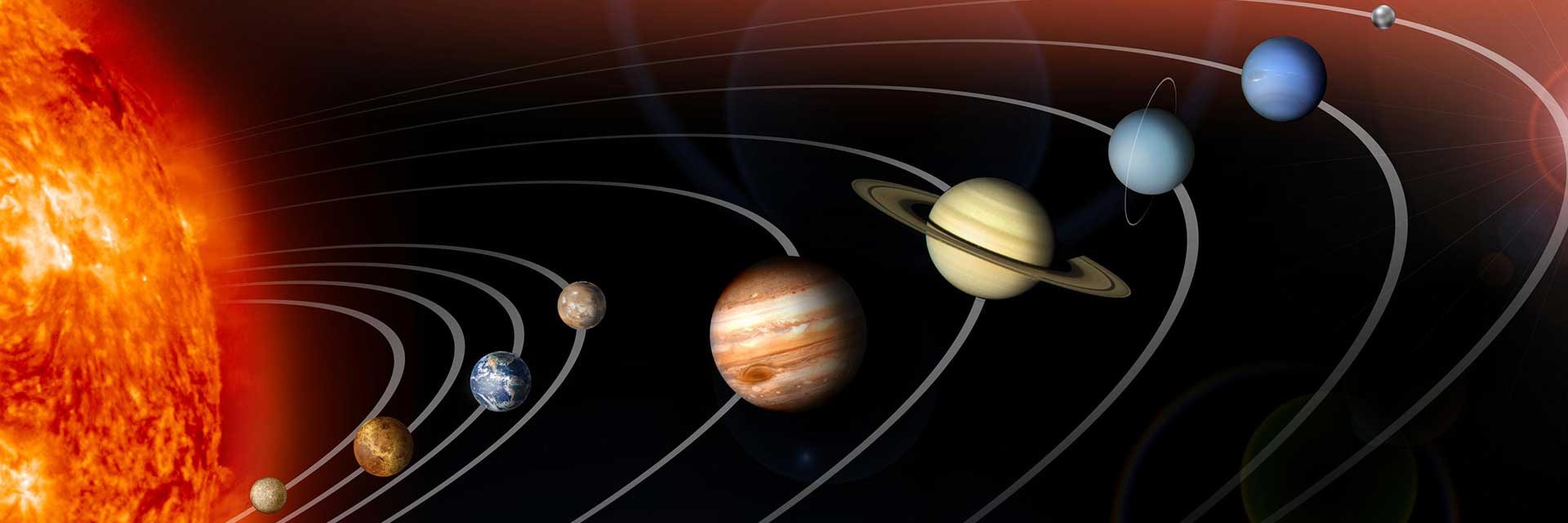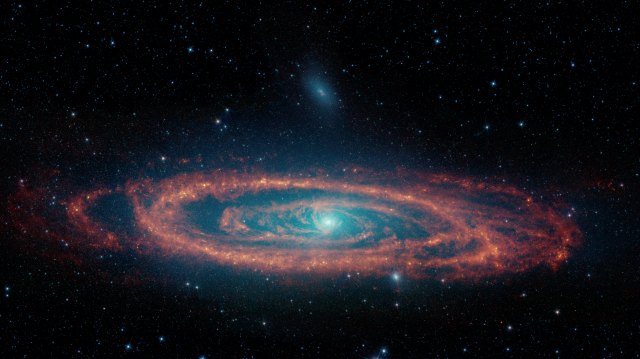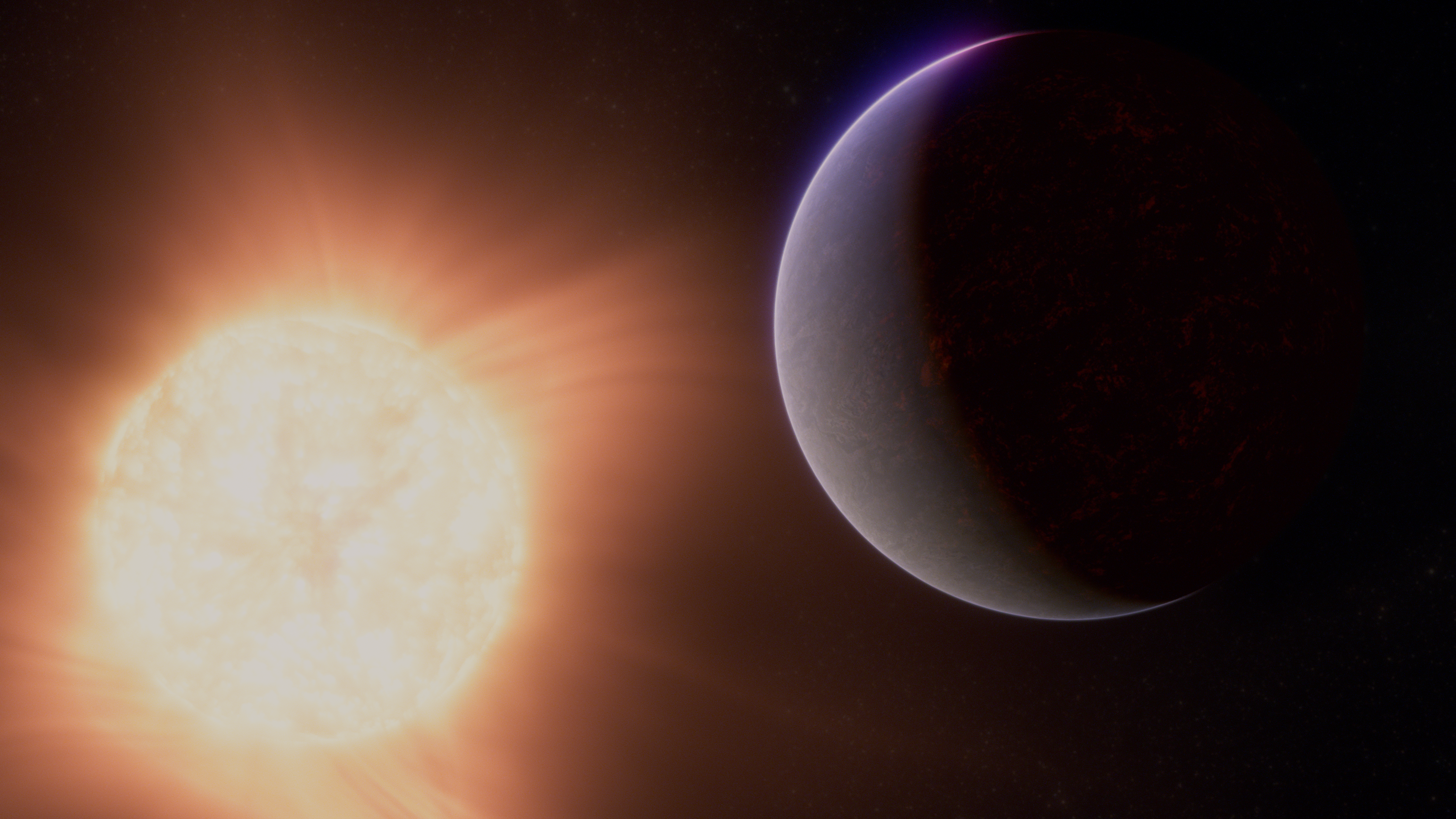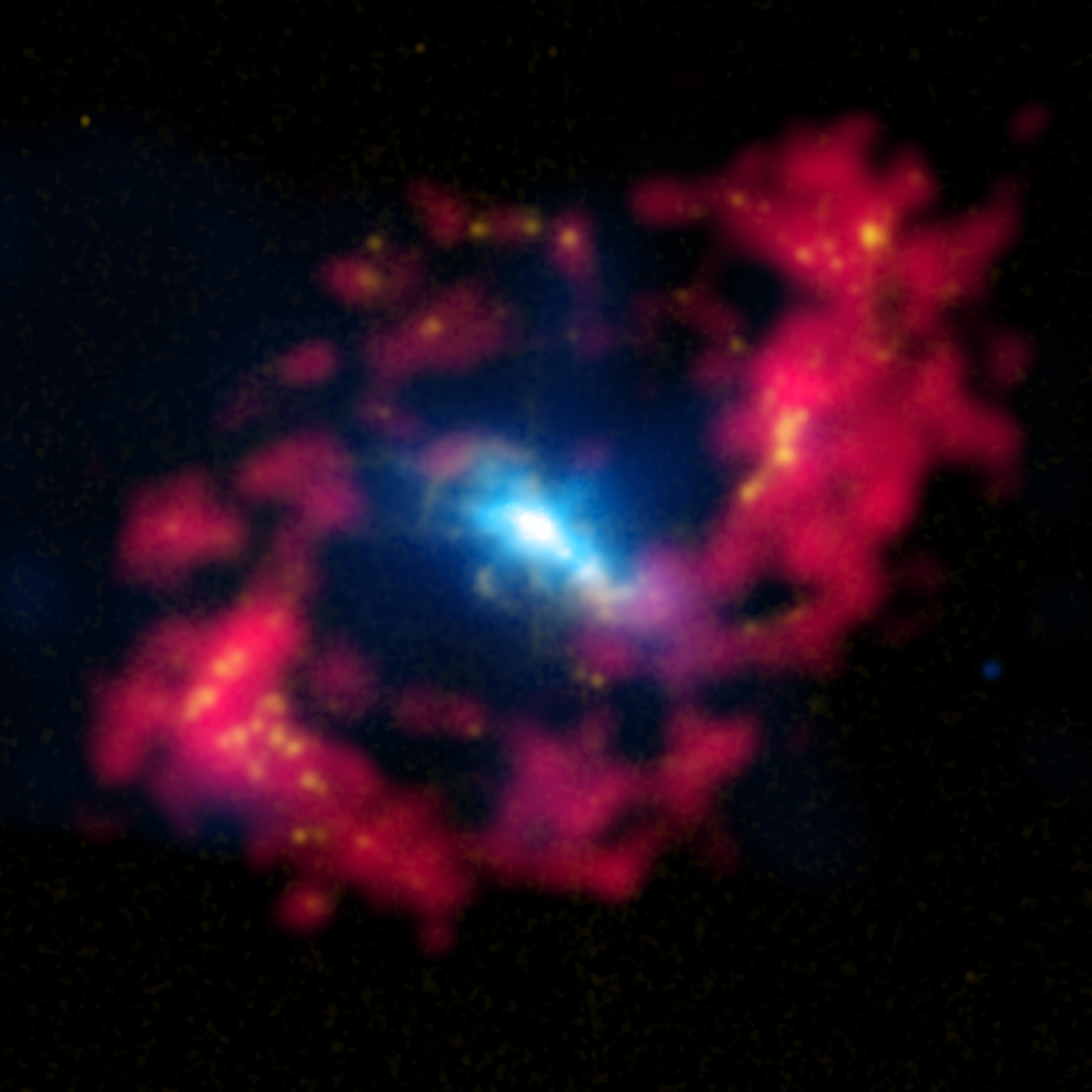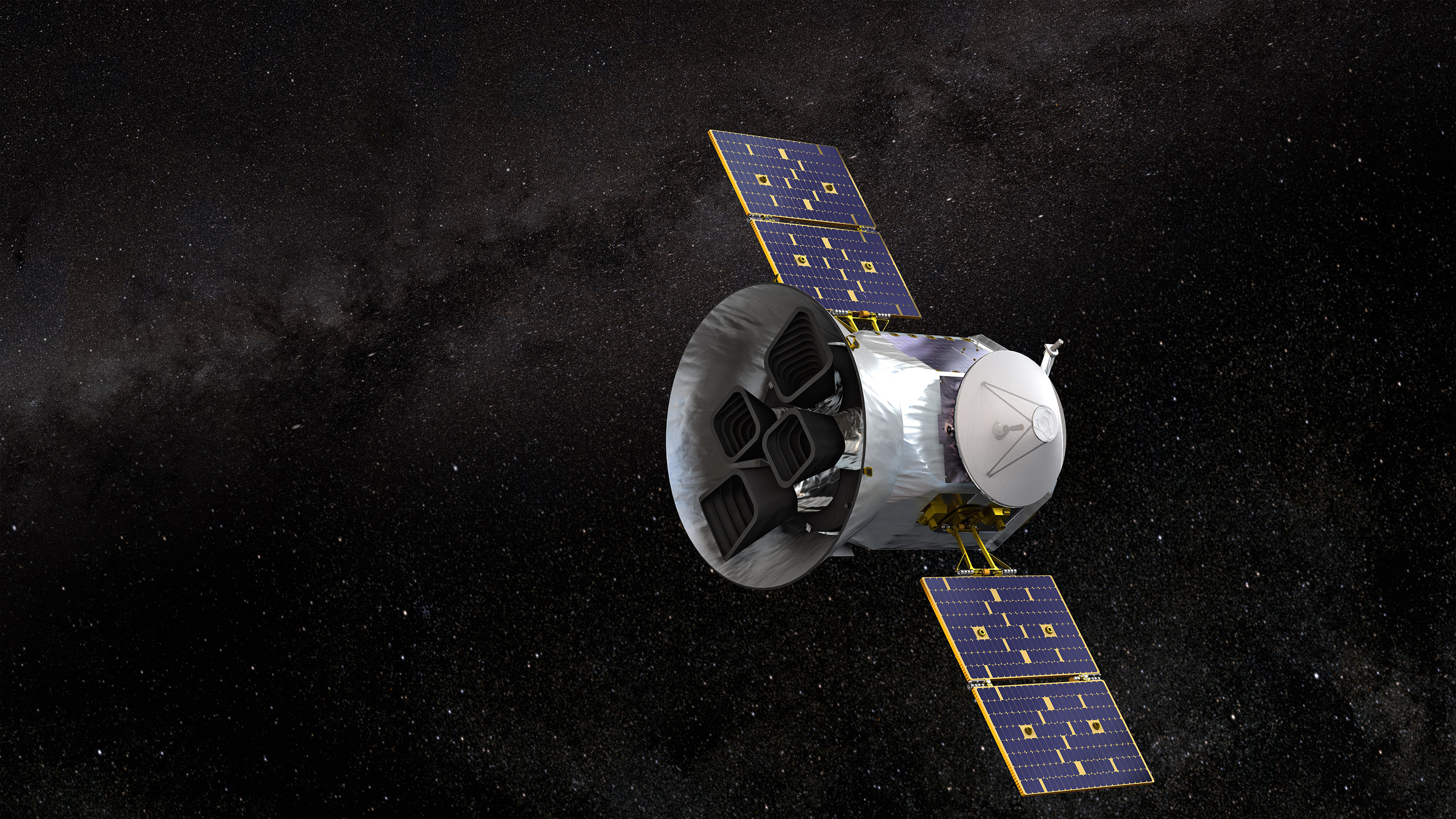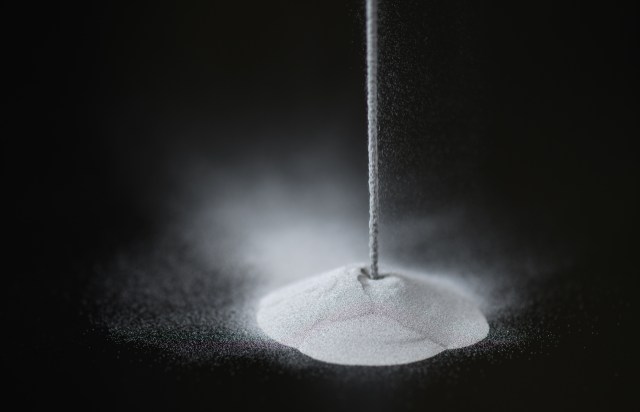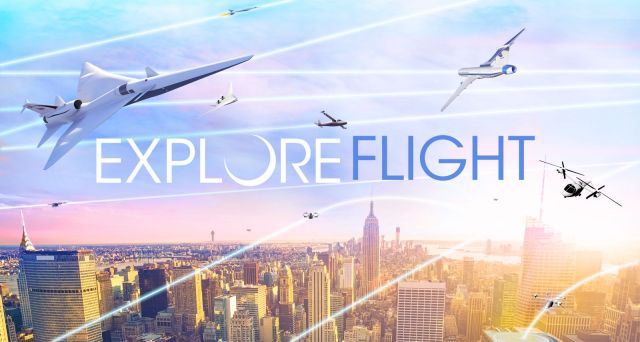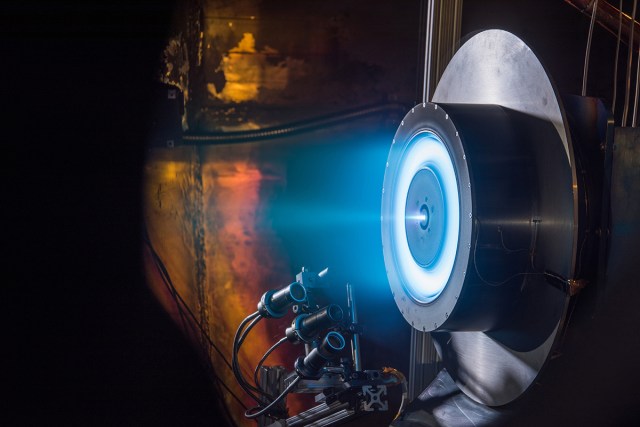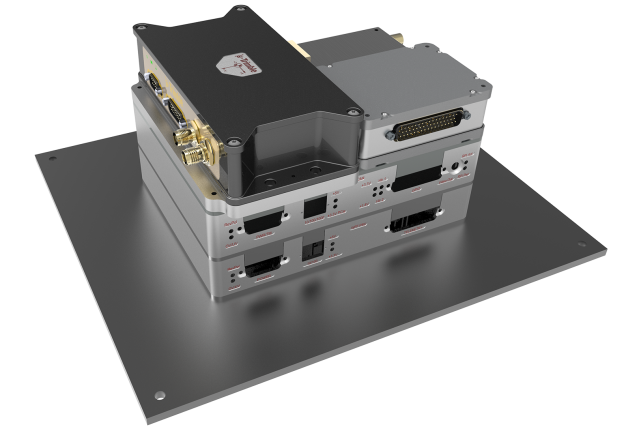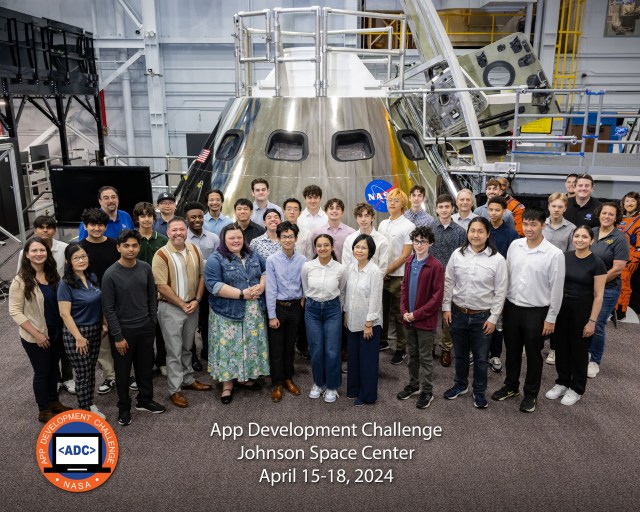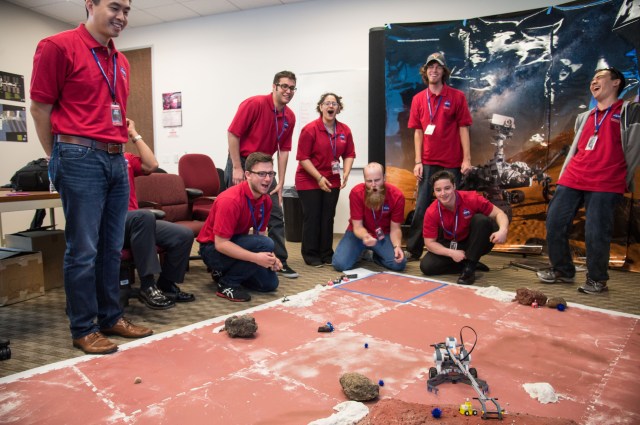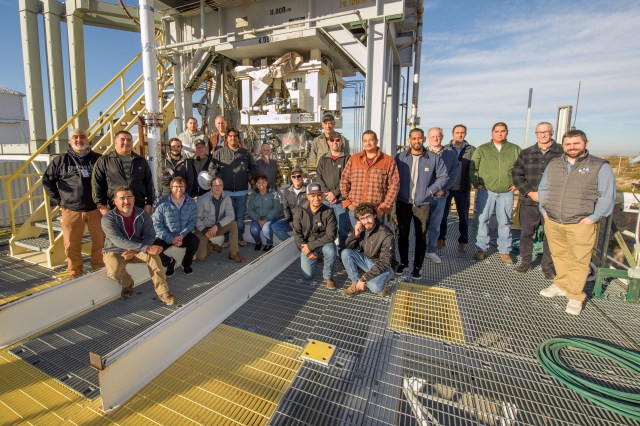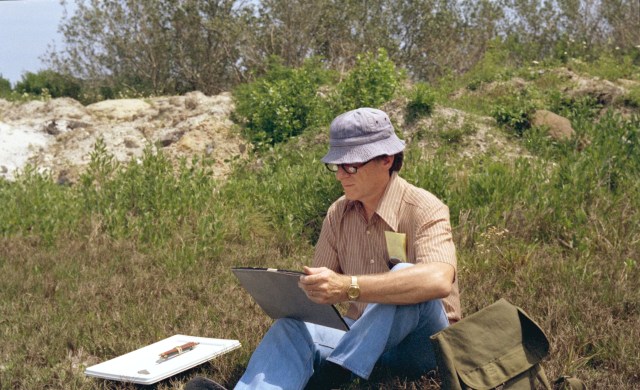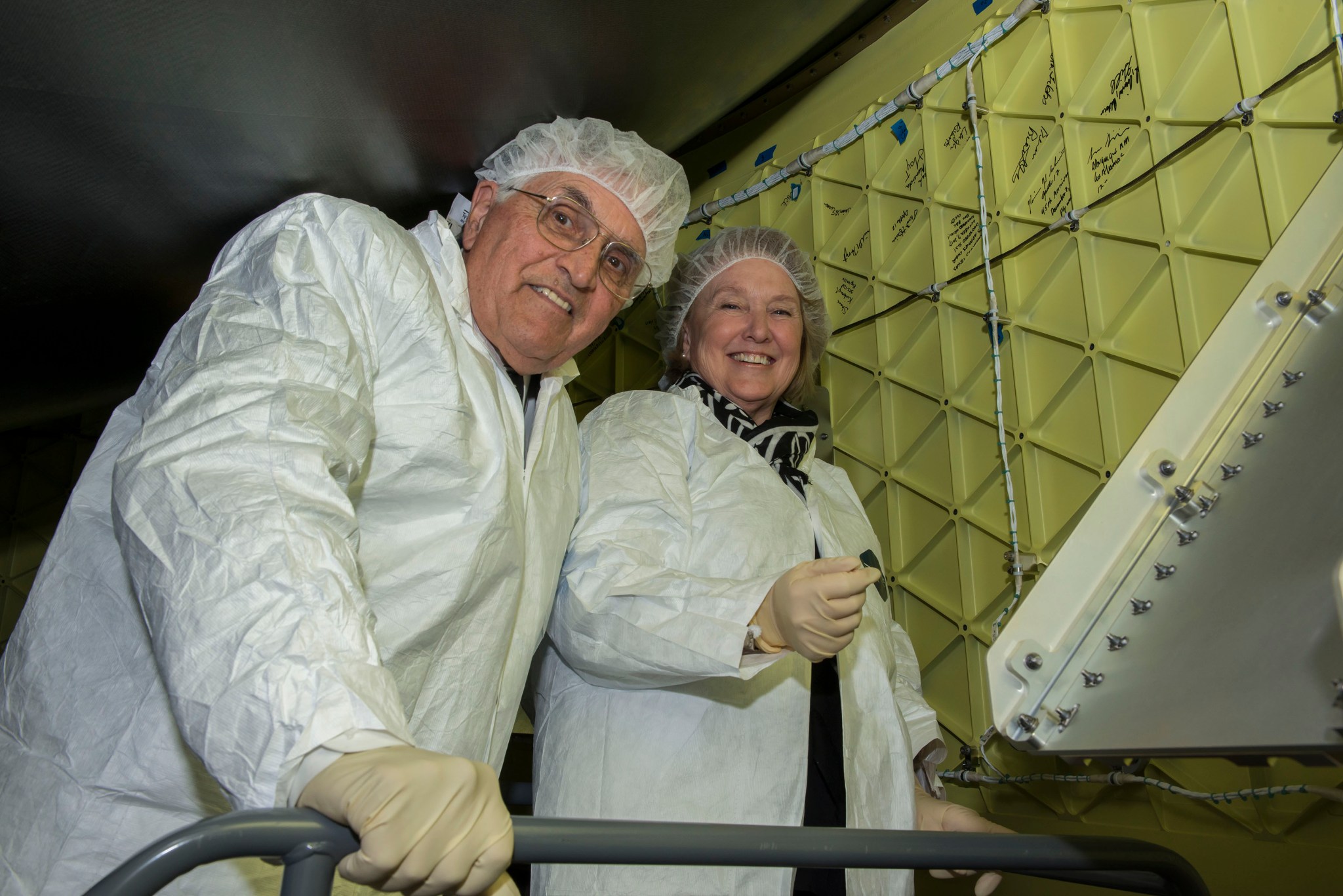In This Week’s Star
- New Space Policy Directive Calls for Human Expansion Across Solar System
- Geminid Meteor Shower to Peak Dec. 13-14
- Apollo 17 Crew Member Spends 45th Anniversary of Launch at Marshall
- Marshall Exchange Announces New Concessionaire for Building 4203 Cafeteria and Building 4708 Snack Area
- NASA Selects Three Companies to Develop ‘FabLab’ Prototypes
- Marshall Team Members Turn Out for Science and Technology Jamboree
- Marshall Programs Highlighted on ‘This Year @NASA’
- This Week in NASA History: First Hubble Servicing Mission Returns – Dec. 13, 1993
- Obituaries
New Space Policy Directive Calls for Human Expansion Across Solar System
President Donald Trump signed White House Space Policy Directive 1, a change in national space policy that provides for a U.S.-led, integrated program with private sector partners for a human return to the Moon, followed by missions to Mars and beyond.
The policy calls for the NASA administrator to “lead an innovative and sustainable program of exploration with commercial and international partners to enable human expansion across the solar system and to bring back to Earth new knowledge and opportunities.” The effort will more effectively organize government, private industry, and international efforts toward returning humans on the Moon, and will lay the foundation that will eventually enable human exploration of Mars.
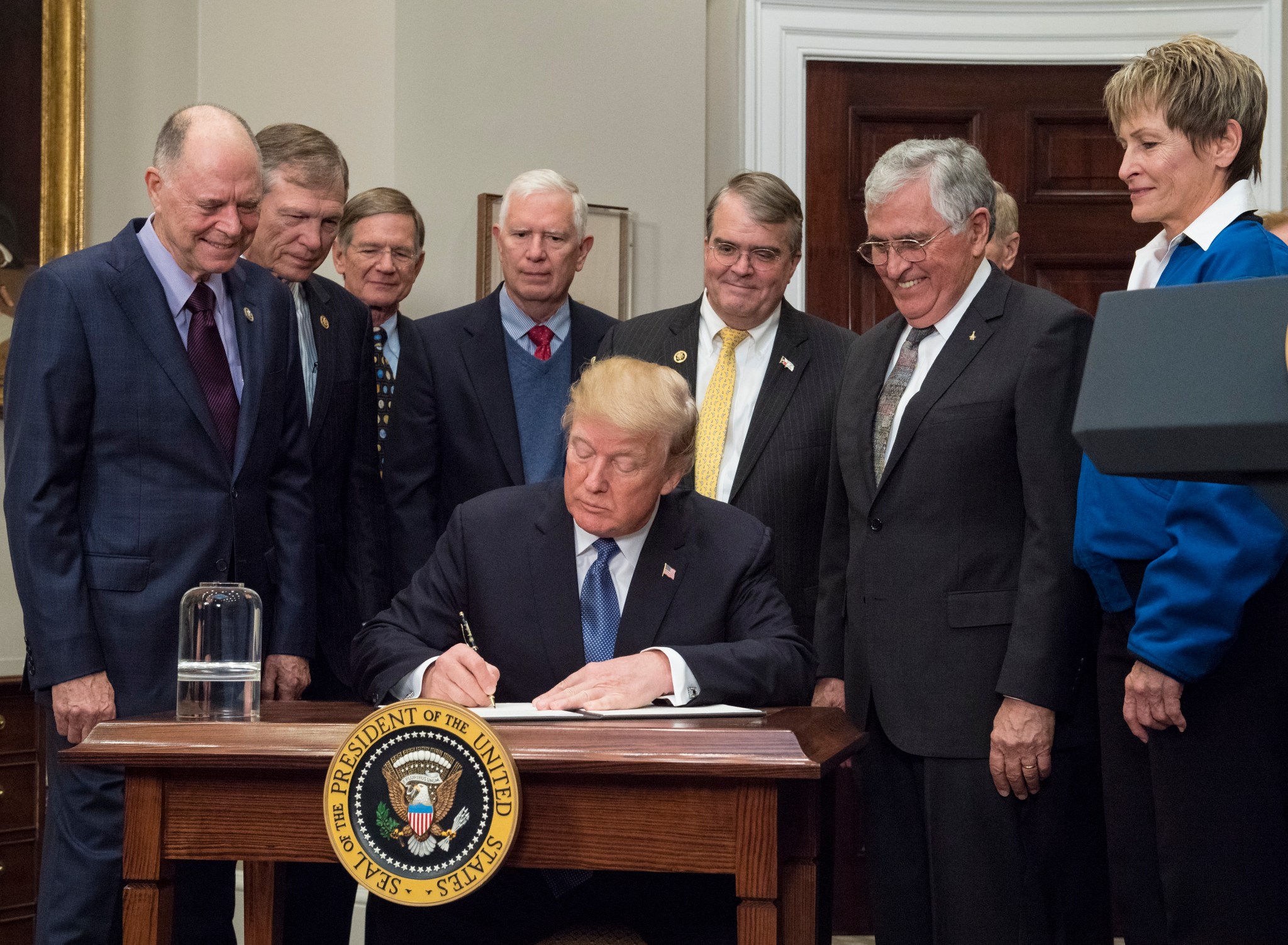
“The directive I am signing today will refocus America’s space program on human exploration and discovery,” said President Trump. “It marks a first step in returning American astronauts to the Moon for the first time since 1972, for long-term exploration and use. This time, we will not only plant our flag and leave our footprints — we will establish a foundation for an eventual mission to Mars, and perhaps someday, to many worlds beyond.”
The policy grew from a unanimous recommendation by the new National Space Council, chaired by Vice President Mike Pence, after its first meeting Oct. 5. In addition to the direction to plan for human return to the Moon, the policy also ends NASA’s existing effort to send humans to an asteroid. The president revived the National Space Council in July to advise and help implement his space policy with exploration as a national priority.
“Under President Trump’s leadership, America will lead in space once again on all fronts,” said Vice President Pence. “As the President has said, space is the ‘next great American frontier’ – and it is our duty – and our destiny – to settle that frontier with American leadership, courage, and values. The signing of this new directive is yet another promise kept by President Trump.”
Among other dignitaries on hand for the signing, were NASA astronauts Sen. Harrison “Jack” Schmitt, Buzz Aldrin, Peggy Whitson and Christina Koch. Schmitt landed on the moon 45 years to the minute that the policy directive was signed as part of NASA’s Apollo 17 mission, and is the most recent living person to have set foot on our lunar neighbor. Aldrin was the second person to walk on the Moon during the Apollo 11 mission. Whitson spoke to the president from space in April aboard the International Space Station and while flying back home after breaking the record for most time in space by a U.S. astronaut in September. Koch is a member of NASA’s astronaut class of 2013.
Work toward the new directive will be reflected in NASA’s Fiscal Year 2019 budget request next year.
“NASA looks forward to supporting the president’s directive strategically aligning our work to return humans to the Moon, travel to Mars and opening the deeper solar system beyond,” said acting NASA Administrator Robert Lightfoot. “This work represents a national effort on many fronts, with America leading the way. We will engage the best and brightest across government and private industry and our partners across the world to reach new milestones in human achievement. Our workforce is committed to this effort, and even now we are developing a flexible deep space infrastructure to support a steady cadence of increasingly complex missions that strengthens American leadership in the boundless frontier of space. The next generation will dream even bigger and reach higher as we launch challenging new missions, and make new discoveries and technological breakthroughs on this dynamic path.”
A piece of Moon rock was brought to the White House as a reminder of the exploration history and American successes at the Moon on which the new policy will build. Lunar Sample 70215 was retrieved from the Moon’s surface and returned by Schmitt’s Apollo 17 crew. Apollo 17 was the last Apollo mission to land astronauts on the Moon and returned with the greatest amount of rock and soil samples for investigation.
Geminid Meteor Shower to Peak Dec. 13-14
The annual Geminid meteor shower will hit its peak overnight Dec. 13-14. Weather permitting, local skywatchers can expect to see as many as one bright Geminid meteor per minute streak across dark skies between midnight and dawn on Dec. 14, according to experts in Marshall’s Meteoroid Environment Office. The Geminids are active every December, when Earth passes through a massive trail of dusty debris shed by a weird, rocky object named 3200 Phaethon. The dust and grit burn up when they run into Earth’s atmosphere in a flurry of “shooting stars.” Learn more about observing the Geminids here. (NASA)
Apollo 17 Crew Member Spends 45th Anniversary of Launch at Marshall
By Will Bryan
In the deep, December darkness of 1972, a fire-breathing monster came to life and turned the night into day. As the monster climbed into the sky, free from its Earth-binding restraints, the ground miles away shook and trembled. Witnesses and passers-by alike gasped as the gut-shaking rumble and roar from the beast hit them. In mere minutes, the beast was out of sight, her passengers — the crew of Apollo 17 — onboard for the ride.
On Dec. 7, 45 years to the day of that historic launch, one of those brave crew members, Harrison Schmitt, joined team members and guests at NASA’s Marshall Space Flight Center as part of Marshall’s Shared Experiences Forum. The forum is part of the Safety and Mission Assurance Directorate’s “Mission Success is in Our Hands” program and is sponsored by NASA partner Jacobs Space Exploration Group of Huntsville.
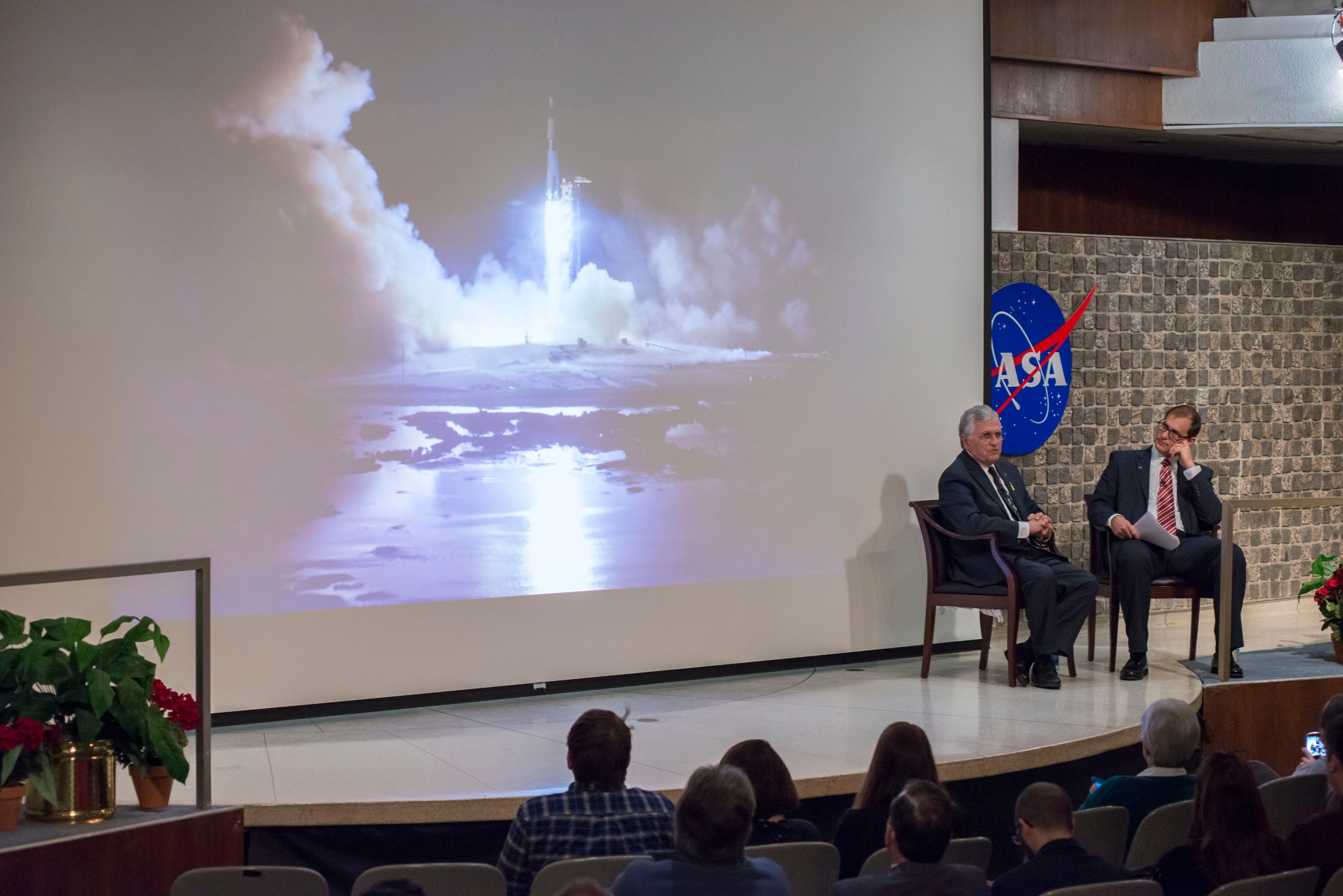
Schmitt shared his experiences launching aboard the mighty Saturn V, his journey in space and what it was like as a geologist to explore the Moon.
“Well, I tell you, it’s an experience,” Schmitt said of launching on the rocket developed at Marshall. “At 2 minutes, 45 seconds, we were at 4 G’s. I remember trying to raise my arm just wondering if I could reach a switch if I needed to. The reason it caught my eye — literally — is because the instrument panel in the command module was vibrating, so I couldn’t read the dials. But after the first stage was shut down and the second stage ignited, it was a very smooth ride.”
“This is a special day for Marshall,” said Jonathan Pettus, associate director of Marshall. Pettus moderated the interactive question-and-answer session with Schmitt. “Over the course of his life and career, Harrison Schmitt has received numerous accolades that recognize his contributions as a scientist and leader, including induction into the Astronaut Hall of Fame and the International Space Hall of Fame.”
Schmitt — as a geologist and the only scientist to go to the Moon — took a different perspective to the Moon than his fellow moonwalkers who were all aviators and engineers.
“For that mission, I asked that we have a rover sampler — actually it became known as the Dixie-cup sampler. It was on one of our extension handles. I could just reach down and stop, reach down and get a sample of the regolith. It turns out that series of samples have been very, very interesting to work with,” Schmitt said.
Before the forum, Schmitt participated in the Space Flight Awareness Awards ceremony. The prestigious award, started in 1963, recognizes dedication and significant contribution to safety and quality assurance for human spaceflight. More than 300 Marshall team members were recognized for their contributions, including 15 individual awards and 12 teams.
The legendary lunar spacewalker also took pictures and selfies and spoke with employees and guests before touring Marshall — seeing and signing the Orion Stage Adapter for the Space Launch System rocket that will take humans deeper into space than ever before.
The stage adapter — made at Marshall — is responsible for attaching the Orion spacecraft to the SLS booster. It will also house the 13 CubeSat payloads that will be launched on the first flight of SLS, Exploration Mission-1, in late 2019. One of these small satellites — called Lunar Flashlight — will investigate the Moon that Schmitt explored in 1972 and continues to study today.
“Thank you for what you’re doing,” Schmitt said to the audience, energized by the workforce leading the charge to return to the Moon and beyond. “Let’s go for it!”
Bryan, an ASRC Federal/Analytical Services employee, supports the Office of Strategic Analysis & Communications.
Marshall Exchange Announces New Concessionaire for Building 4203 Cafeteria and Building 4708 Snack Area
The new year will bring new changes to Building 4203’s cafeteria and the grill in Building 4708 at NASA’s Marshall Space Flight Center. On Dec. 1, the Marshall Exchange signed a concessionaire agreement with Southern Foodservice Management, Inc. of Birmingham, Alabama, to operate the 4203 cafeteria and subcontractor Buffalo Rock will run a self-serve marketplace in Building 4708 beginning Jan. 8, 2018.
The agreement with Southern Foodservice will allow the Marshall Exchange to recapture a small percentage of the profits to go toward Exchange employee activities and services, including the food truck coral, barber shop, Annual Holiday Reception, the Family Fall Festival and more. The Exchange is a non-appropriated organization that exists to contribute to the welfare, efficiency and morale of Marshall employees.
During the week of Jan. 2-7, the cafeteria and grill will be closed for renovation to make room for new equipment and updated features. New guards over the food selections, new flat screen monitors and a modernized point-of-sale system are among the improvements. Higher quality food options, like Boar’s Head deli meats, will be provided. But don’t worry — many of the popular items, like taco salad Tuesday, aren’t going anywhere.
The grill, a smaller cafeteria in Building 4708, will be transformed into a self-service marketplace where customers will be prompted to pay via a self-checkout station. Fresh, prepackaged foods from the cafeteria will be brought over daily, while drinks, sundries and other goods will also be made available to employees.
One or two food trucks, including Piled High Grill, will be located near Building 4203 during the transition week for anyone who wishes to purchase their lunch without leaving the 4200-complex area. The food truck corral will also be operating during its normal hours, 11 a.m.-1 p.m. daily.
A soft opening is planned for Jan. 8 in which Marshall team members are welcome to use the facilities and final renovations will be completed at both locations later in the month. For more information and the latest updates from the Marshall Exchange, click here.
MacMillan, an ASRC Federal/Analytical Services employee, supports the Office of Strategic Analysis & Communications.
NASA Selects Three Companies to Develop ‘FabLab’ Prototypes
NASA is taking the next step in the development of a space-based, on-demand fabrication capability by partnering with three U.S. companies, under NASA’s Next Space Technologies for Exploration Partnerships program, to create prototypes.
The selected companies are Interlog Corp. of Anaheim, California; Techshot Inc. of Greeneville, Indiana; and Tethers Unlimited Inc. of Bothell, Washington. Combined funding for the awards is approximately $10.2 million. These companies will have 18 months to deliver the prototype, after which NASA will select partners to further mature the technologies.
Earlier this year, NASA sought proposals for ground-based prototypes of a multi-material fabrication lab, or FabLab, under Appendix B of the NextSTEP-2 Broad Agency Announcement. With these new partnerships, the agency is prepared to take the effort to the next level.
“NASA is challenging industry partners to expand possibilities for making, repairing and recycling items in space,” said Niki Werkheiser, lead for in-space manufacturing at NASA’s Marshall Space Flight Center. “The FabLab prototypes will provide valuable insights and help lay the foundation for meaningful on-demand manufacturing capabilities needed for sustainable human spaceflight missions.”
FabLab is part of a broad agency strategy and series of investments managed by NASA’s Advanced Exploration Systems Division and Space Technology Mission Directorate to advance key technology capability areas.
Marshall Team Members Turn Out for Science and Technology Jamboree
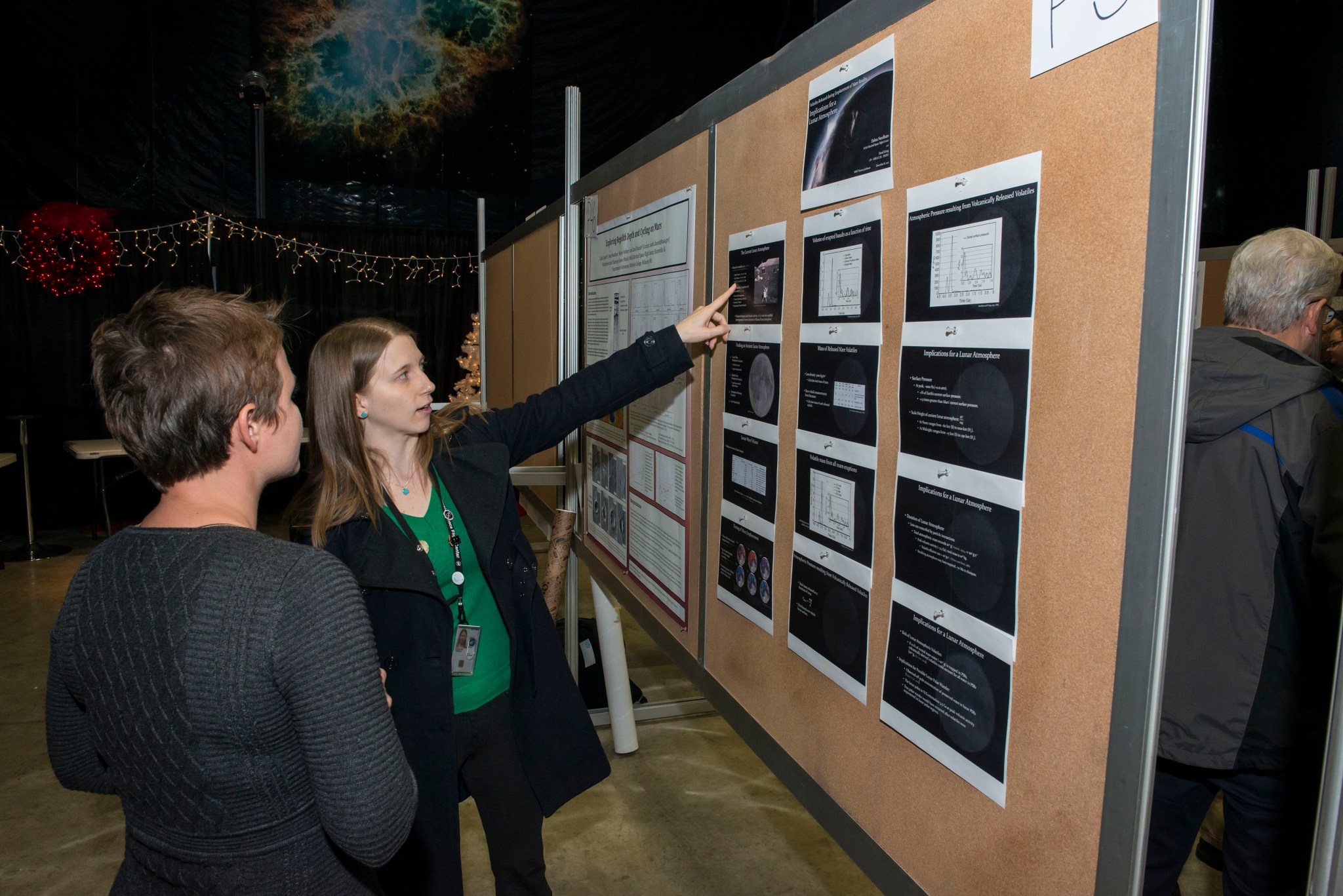
NASA Marshall Space Flight Center’s Science and Technology Office held its 11th annual Science and Technology Jamboree Dec. 8 at Marshall Activities Building 4316. A poster session with around 60 poster presentations highlighted current science and technology topics and the innovative projects underway across the center. Here, Debra Needham, right, talks with coworker Sabrina Savage about one of the presentations. Both Needham and Savage are scientists in the Heliophysics & Planetary Science Branch of the Science Research and Projects Division. (NASA/MSFC/Fred Deaton)
Marshall Programs Highlighted on ‘This Year @NASA’
Successful discoveries, milestones and achievements from programs managed at NASA’s Marshall Space Flight Center are featured in “This Year @NASA,” a special edition of “This Week @NASA,” a weekly video program broadcast nationwide on NASA-TV and posted online.
NASA’s Space Launch System rocket and Orion spacecraft are making progress toward human missions to the Moon and Mars, with the engines for the rocket’s first flight ready to go.
NASA is also building on our 20 years of robotic Mars exploration, as we prepare to send the InSight lander and Mars 2020 rover to the Red Planet. NASA’s Marshall Space Flight Center manages SLS. InSight is part of NASA’s Discovery Program, which is also managed by Marshall.
View this and previous episodes at “This Week @NASA” on NASA’s YouTube page.
This Week in NASA History: First Hubble Servicing Mission Returns – Dec. 13, 1993
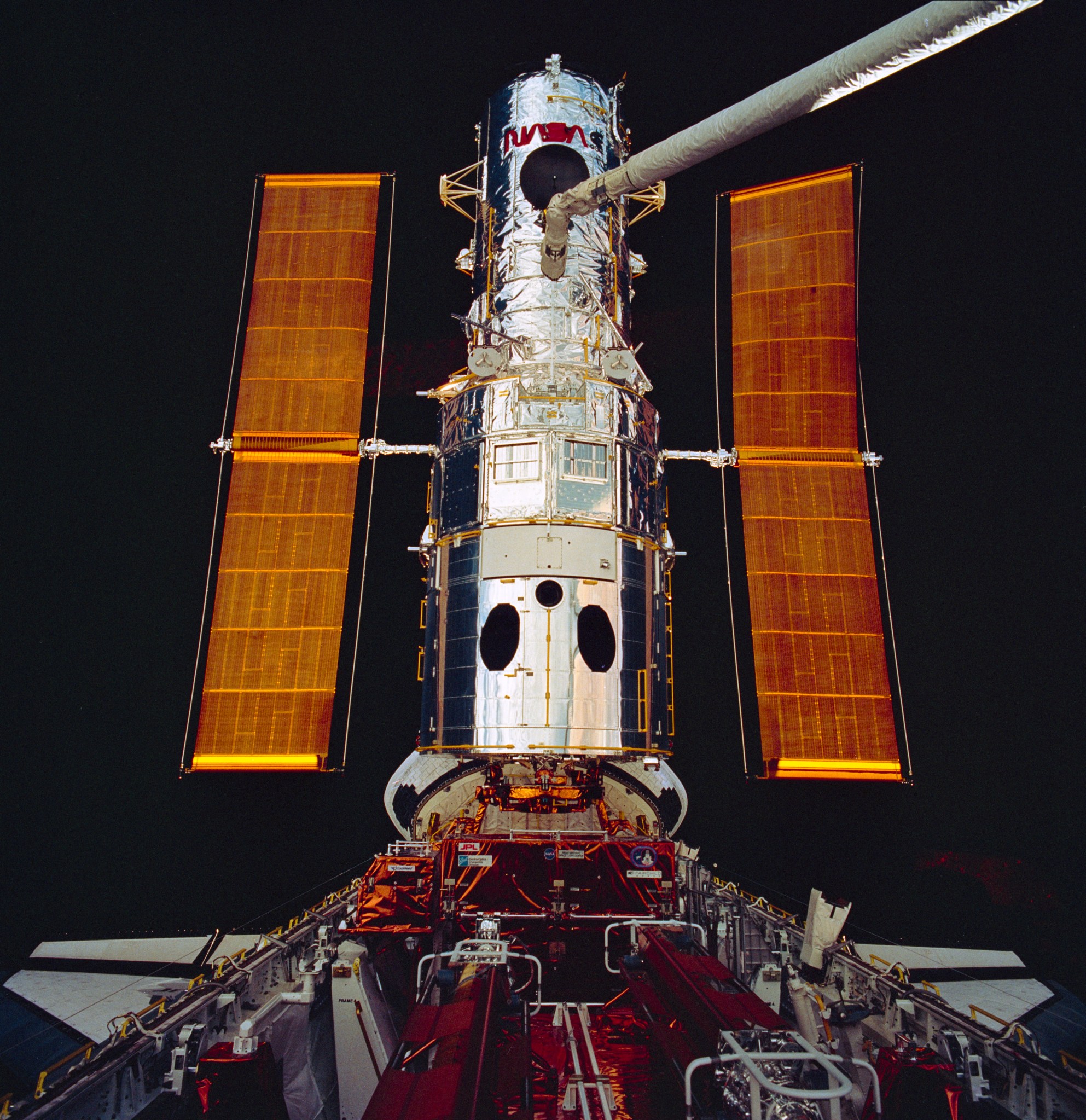
This week in 1993, STS-61 mission was completed as the space shuttle Endeavour landed at NASA’s Kennedy Space Center following a successful 10-day mission. During a record five back-to-back extravehicular activities totaling more than 35 hours, two teams of astronauts completed the first servicing mission of the Hubble Space Telescope. Here, Hubble is berthed in Endeavour’s cargo bay. Today, the James Webb Space Telescope is the world’s next-generation space observatory and successor to the Hubble Space Telescope. All 18 primary mirror segments and the mirror’s primary backplane support were tested at NASA Marshall Space Flight Center’s X-ray and Cryogenic Facility. The NASA History Program is responsible for generating, disseminating and preserving NASA’s remarkable history and providing a comprehensive understanding of the institutional, cultural, social, political, economic, technological and scientific aspects of NASA’s activities in aeronautics and space. For more pictures like this one and to connect to NASA’s history, visit the Marshall History Program’s webpage. (NASA)
Obituaries
Carl E. Winkler, 89, of Huntsville, died Dec. 8. He retired from the Marshall Center in 1997 as an aerospace engineer.
Jack H. Manry, 87, of Madison, Alabama, died Dec. 5. He retired from the Marshall Center in 1987 as a quality assurance specialist. He is survived by his wife, Mary P. Manry.

